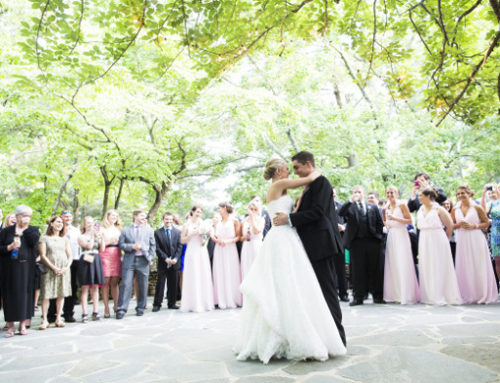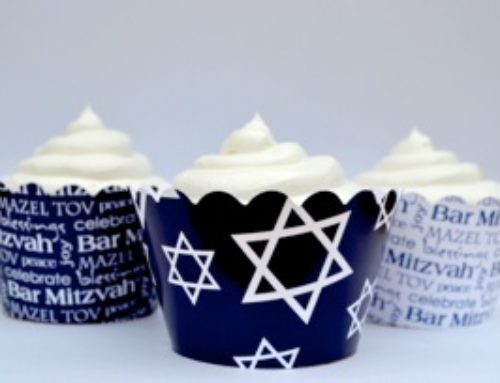Adding Cold Smoked Dishes To Your Menu
Dishes such as smoked cheese or smoked salmon can add a touch of class to any spread, from a casual brunch to a corporate function. Although smoking has traditionally been used as a way to preserve meats for the winter, it’s now considered a healthy way to add a unique flavor to any food and enhance the taste of accompanying ingredients. While many people are familiar with the practice of hot smoking, not everyone has heard about the process of cold smoking. It’s gained popularity in recent years as a way of flavoring meats, cheeses, vegetables and more without affecting the texture. If you’re planning on hosting an event in the near future, here’s everything that you need to know about cold smoked dishes.
What is cold smoking?
Hot-smoked products are prepared by smoking food in the same chamber as burning wood, which both cooks the item and gives it a smokey flavor. Since the wood is burning next to the food, it’s hot enough to reach temperatures of around between 190 and 300℉. Cold smoking, on the other hand, imparts flavor by transferring smoke from an external firebox to an unheated chamber containing food items. Temperatures only range between about 90 and 120℉, which keeps meats, cheeses, and more from cooking completely. Depending on what’s being cooked, the process can take anywhere from a couple of hours to a couple of days.
The benefits of cold smoking
Not only does smoked food look, smell, and taste delicious, but it’s also often healthier than alternative options. Cold smoked dishes, in particular, retain more nutrients, as proteins and antioxidants aren’t denatured during the cooking process. It also doesn’t require the addition of butter, oil, or other fats, making cold smoking a lower-fat cooking option than frying or sautéing. Meats will last for longer on the shelf thanks to the addition of sodium nitrate during the curing process.
The risks of cold smoking
While cold smoking offers many benefits, it’s not without its drawbacks. Unlike with hot smoking, foods aren’t heated to the necessary temperatures to kill off potentially toxic agents such as Clostridium botulinum, which can lead to botulism and paralysis. Cold smoking requires a high degree of precision and control when treating meats to ensure that the end product is safe to consume. For this reason, it’s best to leave the cold-smoking of meats to professionals.
Adding cold smoked meats to the menu at your next function can help to create a more complex and sophisticated spread for your guests. Not only are smoked goods delicious, but they’re also healthier than many alternatives and have a longer shelf life. Just remember that’s important to ensure that cold smoked meats are prepared properly for safe consumption.
Article written by Lucy Bell
“The food was excellent, impressive and so tasty.
Your staff was creative and so friendly. Well done!”
– Paul Scopel, Southern Company
Contact us today so we can make your corporate catering go perfectly!




